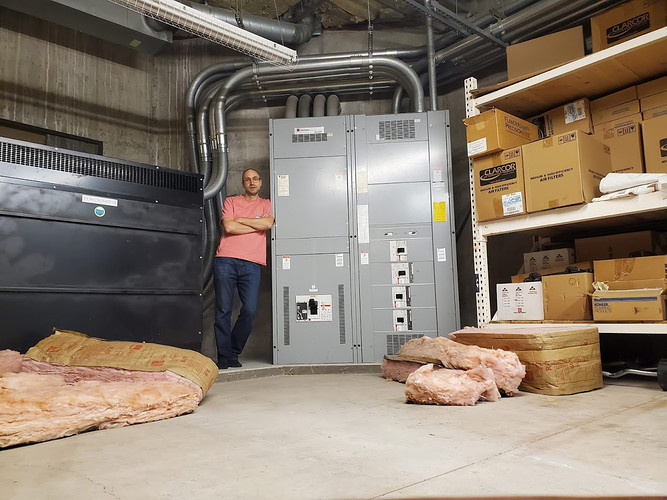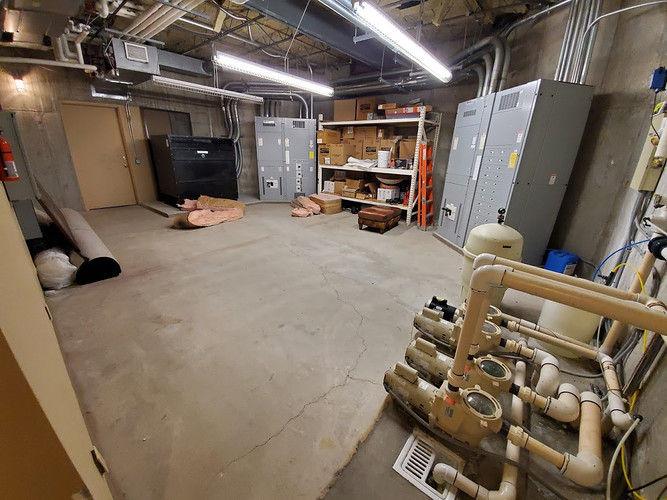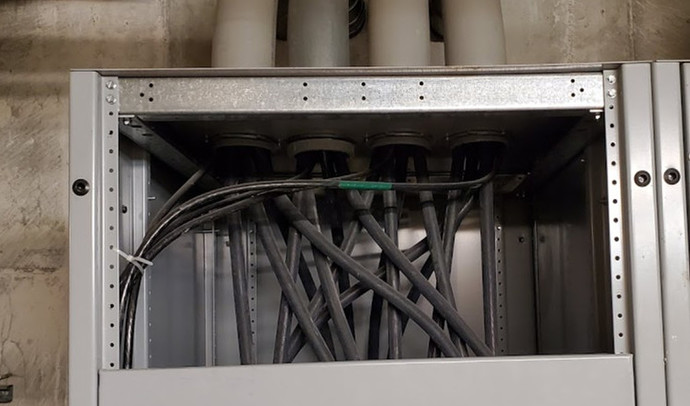I’m looking into power monitoring for a home built like a light commercial building with 480V 3-phase 1600Amp service and a full-building diesel generator backup. A very large (1600A?) transformer steps down to 208V 3-phase for most of the building. The building is at 8300 feet altitude.
In an ideal world, I’d like to monitor each tier of the system, starting at the service-main and generator inputs, the post-transformer 208V sub-main, then each top-level breaker feeding the building subpanels, then some of the subpanels and some of the important circuits inside those subpanels.
Is this a practical way to approach it? Or should I just focus on doing all the subpanel inputs, high draw circuits, and aggregate to get an approximate building usage?
This brings up several issues.
-
are there any concerns running at 8300ft/2500m altitude? Most power monitors (honeywell, EKM) are only rated to 2000m altitude. (emporia vue is also technically rated only to 6500ft, but they say they have installations at 8500ft working fine)
-
is it possible to directly monitor a 480V 3-phase wye 1600amp service main with an iotawatt? (I don’t know if the main is supplied in split cable legs or not, I’ll have my electrician check)
-
is it practical to measure large transformer loss/efficiency by measuring input and output legs of a transformer? (I can make software changes if necessary)
-
is there a way to mount a remote wifi-antenna? I don’t see any external antenna port on the device pictures. I don’t think running naked CT cables out of a 480V 1600A breaker enclosure is safe or to code, so the iotawatt and it’s reference transformers would be in an enclosure, which would require getting the wifi antenna out of the enclosure for signal. (like emporia vue’s remote antenna)
-
what are folks doing about cable lengths for CTs and big breaker enclosures? The top level breaker enclosures here are ~8 feet tall by 4 feet wide. I suspect I’m going to need longer than stock CT tables, unless I locate the iotawatt inside the breaker enclosure (for which there is plenty of room, but again this requires a remote wifi antenna). Can I order custom cable lengths for the CTs? Or do I need to rewire them myself?



